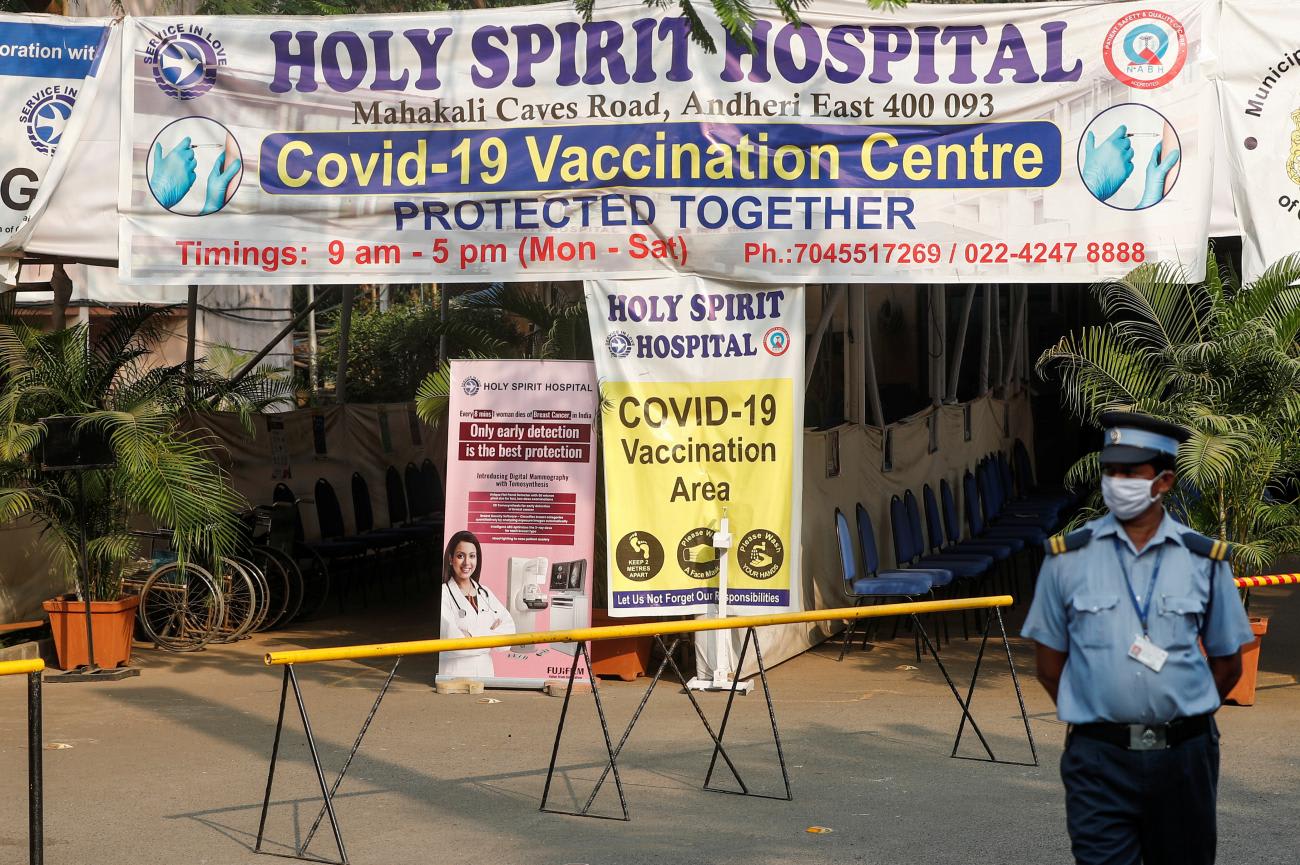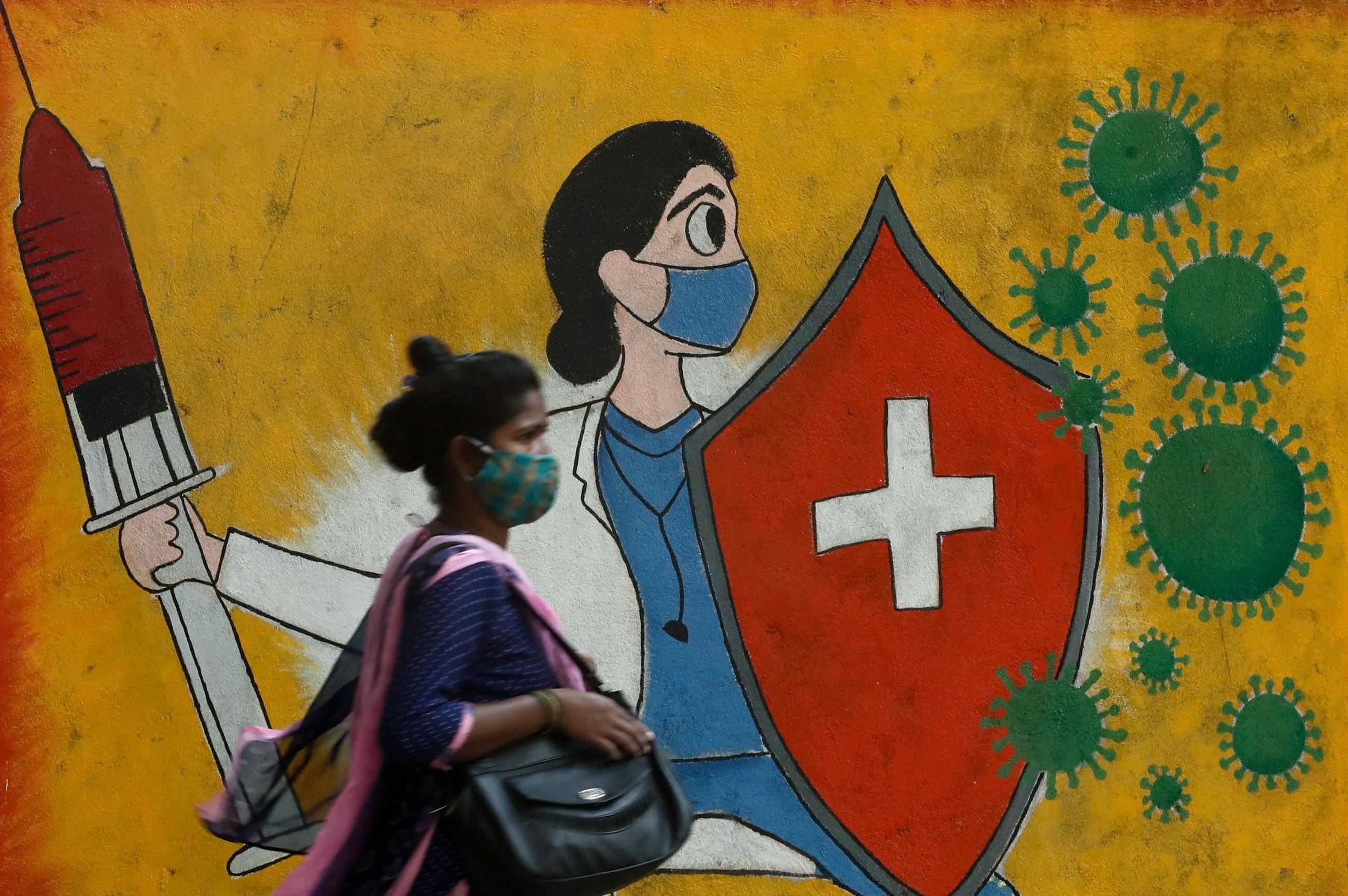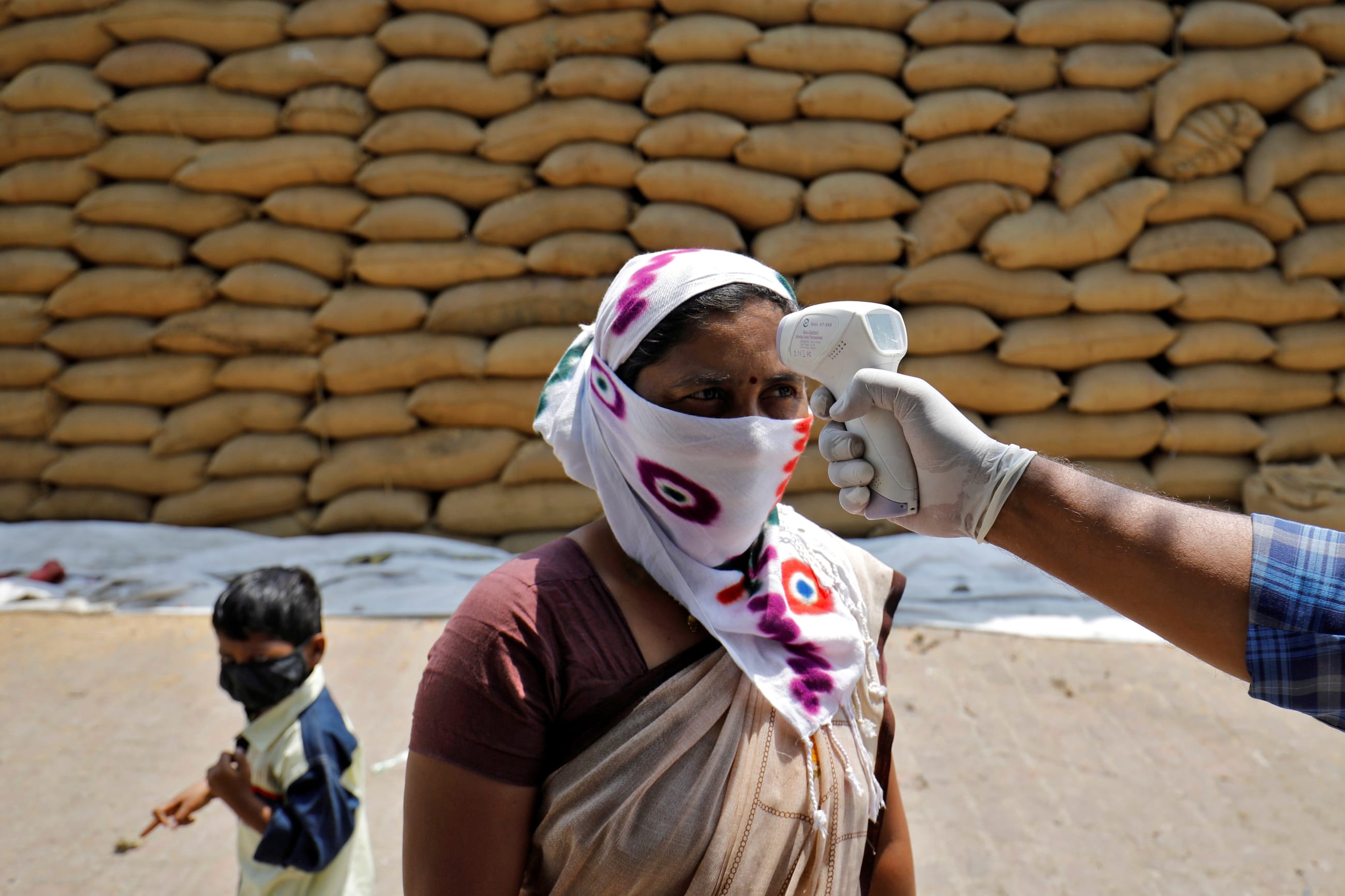If I were to say that there is no family I know of in India that has been untouched by the COVID-19 crisis, I wouldn't be exaggerating.
In the past few weeks, the world has witnessed India's unfolding catastrophe which has impacted millions of lives. In its weekly epidemiological report on May 11, the World Health Organization stated that India accounted for 50 percent of global cases and 30 percent of reported global deaths. As India reels under the devastating surge of COVID-19 cases, it is increasingly clear that the official data is under-reporting the numbers of infections and deaths. Experts warn that the true number of COVID-19 cases might never be known, hampering the government's long-term response.
Every morning the nation wakes up to daunting news and images of mass funerals in India's overburdened crematoriums, children orphaned by the loss of both their parents to COVID-19, and families watching their loved ones dying before their eyes due to the unavailability of hospital beds, oxygen, crucial medication, ventilators or inadequate medical support. Testing facilities are overburdened and unable to keep up with the surge of cases, underscoring the urgent need to augment testing capacity. Helplines at the National Institute of Mental Health and Neurosciences have seen a spike in distress calls related to COVID-19. Doctors and medical staff are at a breaking point and there is a severe shortage of medical professionals catering to the crisis. Our frontline workers are going beyond the call of duty to save lives but there is little they can do without adequate support.
India accounted for 50 percent of global COVID-19 cases and 30 percent of reported global deaths
An estimated 66 percent of the country's 1.3 billion population live in rural areas and the impact of COVID-19 on this population is not entirely clear. Limited awareness of COVID-19 modes of transmission and care has serious implications for rural populations; many still believe that the virus is a myth and nothing more than a common cold. The lack of awareness, and a reluctance to accept testing, treatment, and vaccination make rural populations more vulnerable to COVID-19. The clustering of medical infrastructure and providers in urban areas and cities accentuates the problem of access.
Since the pandemic unfolded, controversies, myths, and misconceptions have swirled around various aspects of the disease. In the past year, several health experts have repeatedly forewarned that the COVID-19 crisis is likely to linger on for many months. Yet the government's strategic response appears to be divorced from science and was not guided by indisputable data, which predicted that the pandemic was far from over. The second wave of infections in other countries in Europe and the United States should have served to caution our policymakers before they prematurely declared India's victory over the virus. This complacency and hubris affected the implementation of the COVID-19 vaccine strategy and is reflected in vaccine shortages and the health system's lack of preparation in managing the current crisis.

Moving Forward
First, there is an immediate need to decentralize decision-making at the state, city, district, block, or ward levels to allow authorities to respond urgently to conditions based on local needs and contexts. These efforts should include local administration, frontline workers, civil society organizations, self-help groups, and cooperatives that are embedded in the communities.
Second, all governments have a moral obligation to ensure that life-saving vaccines are provided free to the entire population. Including India. The national government has announced a shared model of vaccine procurement where 50 percent of the vaccines are procured by the national government and 50 percent by state governments and the private sector. This could lead to a situation where all three parties procure vaccines at different prices, slowing the pace of vaccine procurement due to multiple buyers competing with each other and with manufacturers on purchase quantities and other logistical considerations. Instead, the government of India should procure vaccines at a reasonable price and offer a one hundred percent subsidy to the entire population—making COVID-19 vaccines free to every Indian, not just to those who can afford them. India's government should engage with vaccine manufacturers to ensure that patent laws are not used to create monopolies, and to regulate prices in order to offer the right incentives to manufacturers.
The national government has announced a shared model of vaccine procurement where 50 percent of the vaccines are procured by the national government
Third, to prevent a further deterioration of the situation, the government must rely on evidence-based decision making to develop its COVID-19 response and recovery strategies. Convening an expert group that's empowered to make decisions and rapidly implement them without hindrance is urgent. Improving data collection on COVID-19 infections and fatality rates—with data disaggregated by age, gender and urban/rural areas—would allow experts to understand the disease burden better and set up appropriate policies, funding, and programs in response.
Fourth, large scale communication efforts by government and civil society organizations are required to fight virus misconceptions and vaccine hesitancy. The government should work toward creating and disseminating an effective social and behavioral change communication strategy in local languages, using straightforward messaging about COVID-19 safety protocols and self-care. Every communications medium—including television, social media, radio, and door-to-door messaging—should be leveraged to ensure accurate messages that reach the last mile.

The issue of vaccine hesitancy, including information on vaccine efficacy and side effects, requires focused communication efforts. In the past, India's polio vaccination campaign revealed that vaccine acceptance by communities was threatened by anti-vaccination movements and by myths and misconceptions. Countering the COVID-19 pandemic, therefore, calls for replicating lessons of successful public health approaches from the polio eradication campaigns. The health system must track people's concerns about vaccine safety. The universal deployment of the COVID-19 vaccine must become a people's movement with involvement of communities.
Finally, the government should consider amending the Foreign Currency Regulation Act amendment bill of 2020 which has resulted in blocking several NGOs from receiving international funding that could implement COVID-related relief work at the grassroots level. The government cannot fight this battle alone and civil society organizations are important foot soldiers, but the funds crunch has squeezed their ability to do their best.
The universal deployment of the COVID-19 vaccine must become a people's movement with involvement of communities
After it is all over, we must not fail to investigate what has gone so horribly wrong and ensure that in doing so, we are able to draw the right lessons for the future. To quote Dr. K. Srinath Reddy in the British Medical Journal, "The pandemic has turned teacher to sternly remind us that strong health systems are vital for sustainable, stable, and secure development. That lesson must enter the DNA of future societies, even after this RNA virus ceases to be a threat."
The pandemic has exposed the underlying weakness in our health system but despite the huge cost, it has offered a chance to reinvent the way Indians receive health care. The government must work toward bolstering the public health system, promoting scientific thought, and prioritizing the needs of the most marginalized and vulnerable segments of society whose unheard voices and lives are lost amidst the breakdown of the health system. As the country faces this devastating second wave and possibly a third, addressing the inequities in rural health-care access, quality and infrastructure will be crucial to ensure that India is equipped to deal with future emergencies. If India cannot fix these, there will be grim consequences for the whole world.













